Growing Popularity of Cocktails
The resurgence of cocktail culture is significantly influencing the Liqueur Market. As bars and restaurants increasingly emphasize mixology, the demand for various liqueurs has surged. Data indicates that cocktail sales have risen by approximately 10% in recent years, driving the need for a diverse range of liqueurs to cater to this trend. Consumers are experimenting with cocktails at home, further fueling the demand for liqueurs as essential ingredients. This trend not only boosts sales but also encourages brands to develop new liqueur varieties tailored for cocktail enthusiasts. The growing popularity of cocktails is likely to remain a key driver in shaping the Liqueur Market.
Expansion of Distribution Channels
The expansion of distribution channels is a crucial driver for the Liqueur Market. With the rise of e-commerce and online retail, consumers have greater access to a wide variety of liqueurs than ever before. Data indicates that online sales of alcoholic beverages, including liqueurs, have increased significantly, with projections suggesting continued growth in this segment. Additionally, traditional retail channels are also evolving, with more specialty liquor stores and supermarkets offering an extensive range of liqueurs. This diversification in distribution not only enhances consumer accessibility but also allows brands to reach a broader audience. The ongoing expansion of distribution channels is likely to remain a key factor influencing the Liqueur Market.
Innovative Flavors and Ingredients
Innovation in flavors and ingredients is a driving force within the Liqueur Market. Manufacturers are experimenting with exotic and unconventional ingredients to create unique flavor profiles that appeal to adventurous consumers. This trend is evident in the introduction of liqueurs infused with botanicals, spices, and even superfoods. Market data reveals that flavored liqueurs account for a significant portion of sales, with a growth rate of around 6% annually. As consumers become more discerning, the demand for innovative and diverse flavor options is likely to increase, prompting brands to invest in research and development. This focus on creativity and uniqueness is expected to enhance the competitive landscape of the Liqueur Market.
Sustainability and Ethical Sourcing
Sustainability is becoming an increasingly important consideration within the Liqueur Market. Consumers are more aware of the environmental impact of their purchases and are seeking products that align with their values. Brands that prioritize ethical sourcing and sustainable production methods are likely to gain a competitive edge. Market Research Future suggests that liqueurs produced with organic ingredients or through environmentally friendly processes are experiencing higher demand. This shift towards sustainability not only appeals to eco-conscious consumers but also encourages brands to adopt more responsible practices. As the focus on sustainability continues to grow, it is expected to play a pivotal role in shaping the future of the Liqueur Market.
Increasing Demand for Premium Products
The Liqueur Market is witnessing a notable shift towards premium and high-quality products. Consumers are increasingly willing to pay a premium for artisanal and craft liqueurs, which are perceived as more authentic and flavorful. This trend is supported by data indicating that the premium segment of the liqueur market has been growing at a rate of approximately 8% annually. As consumers seek unique and sophisticated drinking experiences, brands are responding by innovating their offerings, thus enhancing the overall market landscape. The rise in disposable income and changing consumer preferences further bolster this demand, suggesting that the premiumization trend will continue to shape the Liqueur Market in the coming years.
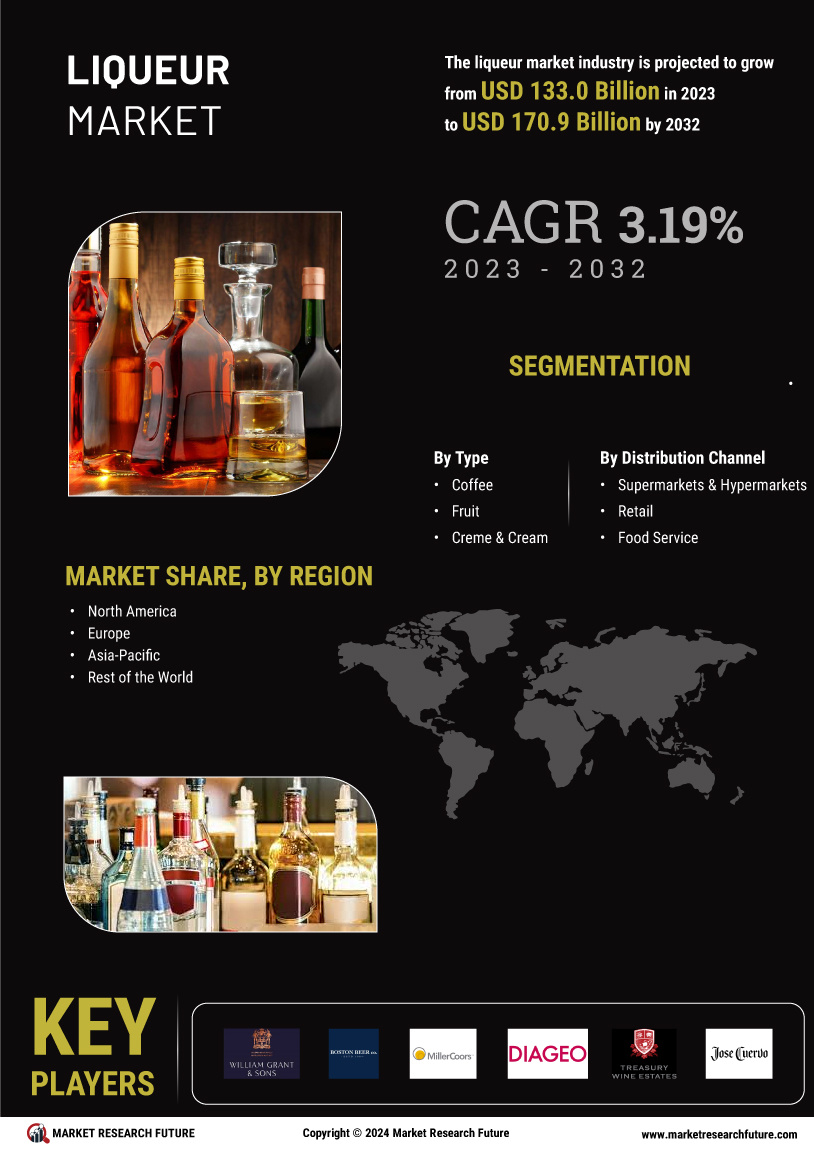

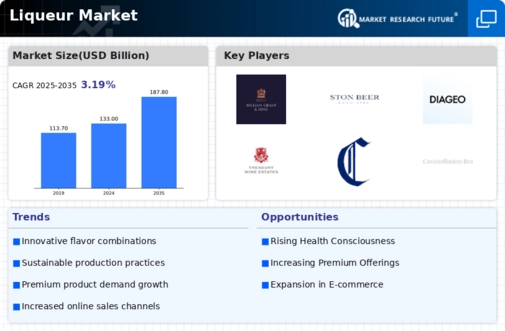
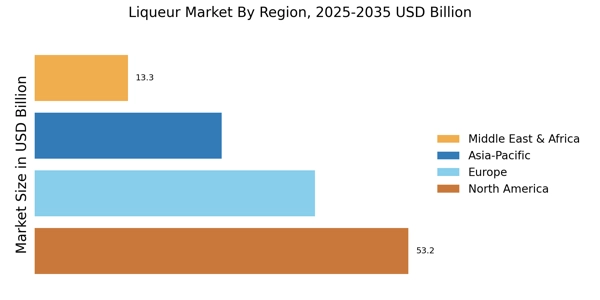
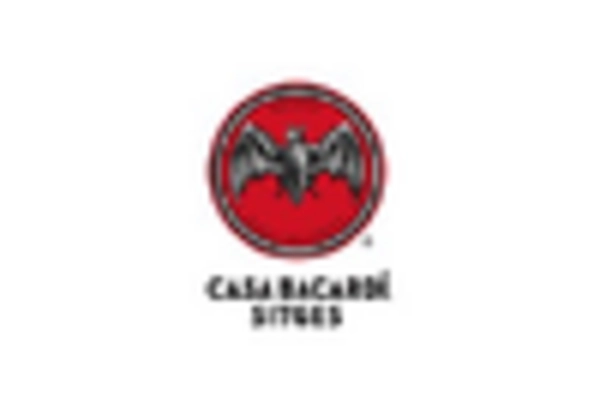
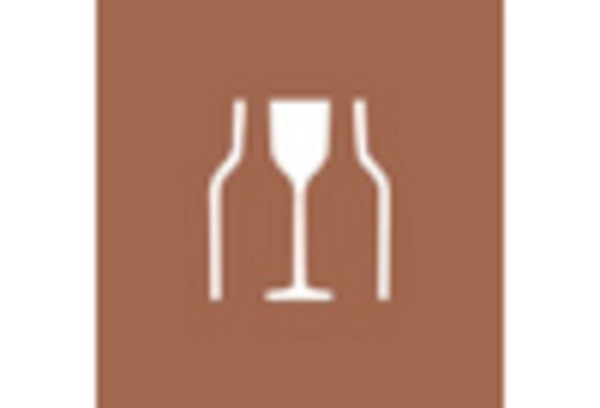
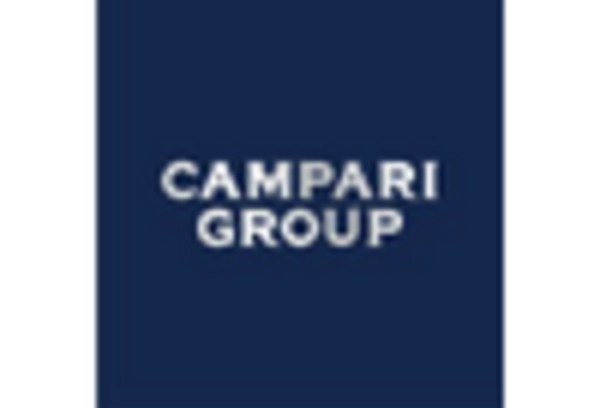
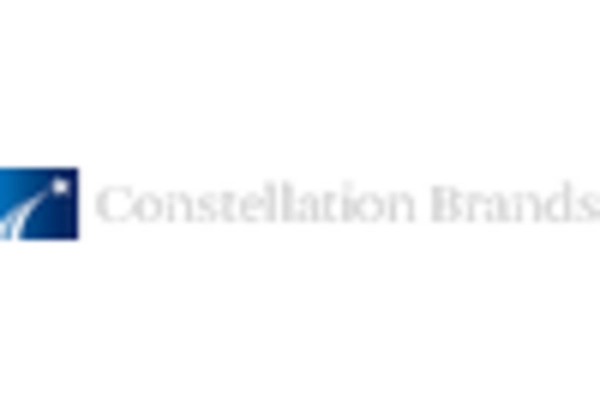
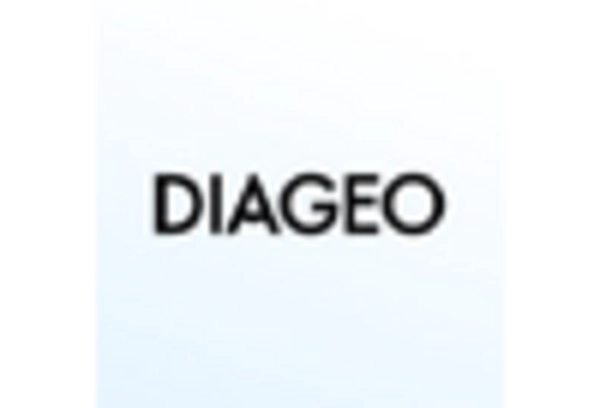
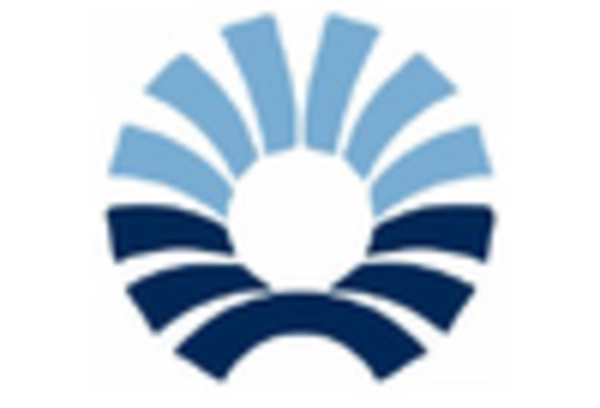








Leave a Comment